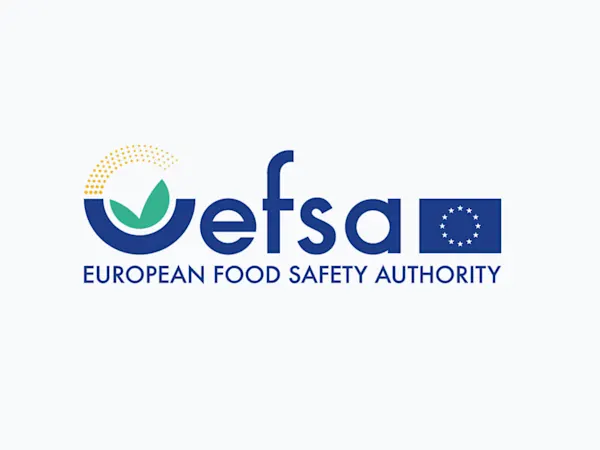
EU Ministers Press Commission on Delayed REACH Revision Amid Industry and Environmental Demands
EU Member States urge the Commission to accelerate the REACH revision, citing urgent health, environmental, and industry competitiveness needs.


Slovenia has announced its intention to classify n-hexane as a Substance of Very High Concern (SVHC) under the REACH Regulation (EC) 1907/2006, citing its neurotoxic effects and serious risks to human health. The proposal, submitted to the European Chemicals Agency (ECHA), is expected for formal evaluation on 4 August 2025. This development could lead to stricter regulatory controls, impacting industries that rely on n-hexane in adhesives, coatings, lubricants, pharmaceuticals, and cosmetics.
n-Hexane (EC: 203-777-6, CAS: 110-54-3) is a widely used industrial solvent found in multiple applications:
With its classification under REACH Article 57(f), businesses using n-hexane may need to reassess formulations, explore alternatives, or adjust compliance strategies.
ECHA classifies n-hexane as a highly flammable liquid and vapour, with additional concerns over chronic health effects:
Businesses across the manufacturing, automotive, and chemical sectors must evaluate workplace exposure limits, ventilation systems, and employee protective measures to comply with potential future restrictions.
The formal SVHC proposal submission is scheduled for 4 August 2025, allowing time for stakeholder engagement and consultation. If approved, n-hexane could be added to the Candidate List for Authorisation, restricting its availability and requiring authorisation for continued use. Companies should:
Foresight continuously tracks 1000s of sources and maps updates to your portfolio:




EU Member States urge the Commission to accelerate the REACH revision, citing urgent health, environmental, and industry competitiveness needs.

The EU has classified DBDPE as a substance of very high concern (SVHC) due to vPvB properties, affecting manufacturers and downstream users of flame retardants.

EFSA launches consultation on updating its Weight of Evidence and Biological Relevance guidance, aiming to streamline chemical risk assessment practices.
Subscribe to Foresight Weekly and get the latest insights on regulatory changes affecting chemical compliance.
Free forever. Unsubscribe anytime.
Read by professionals at